Shopping For Antique and Vintage Diamond Jewelry
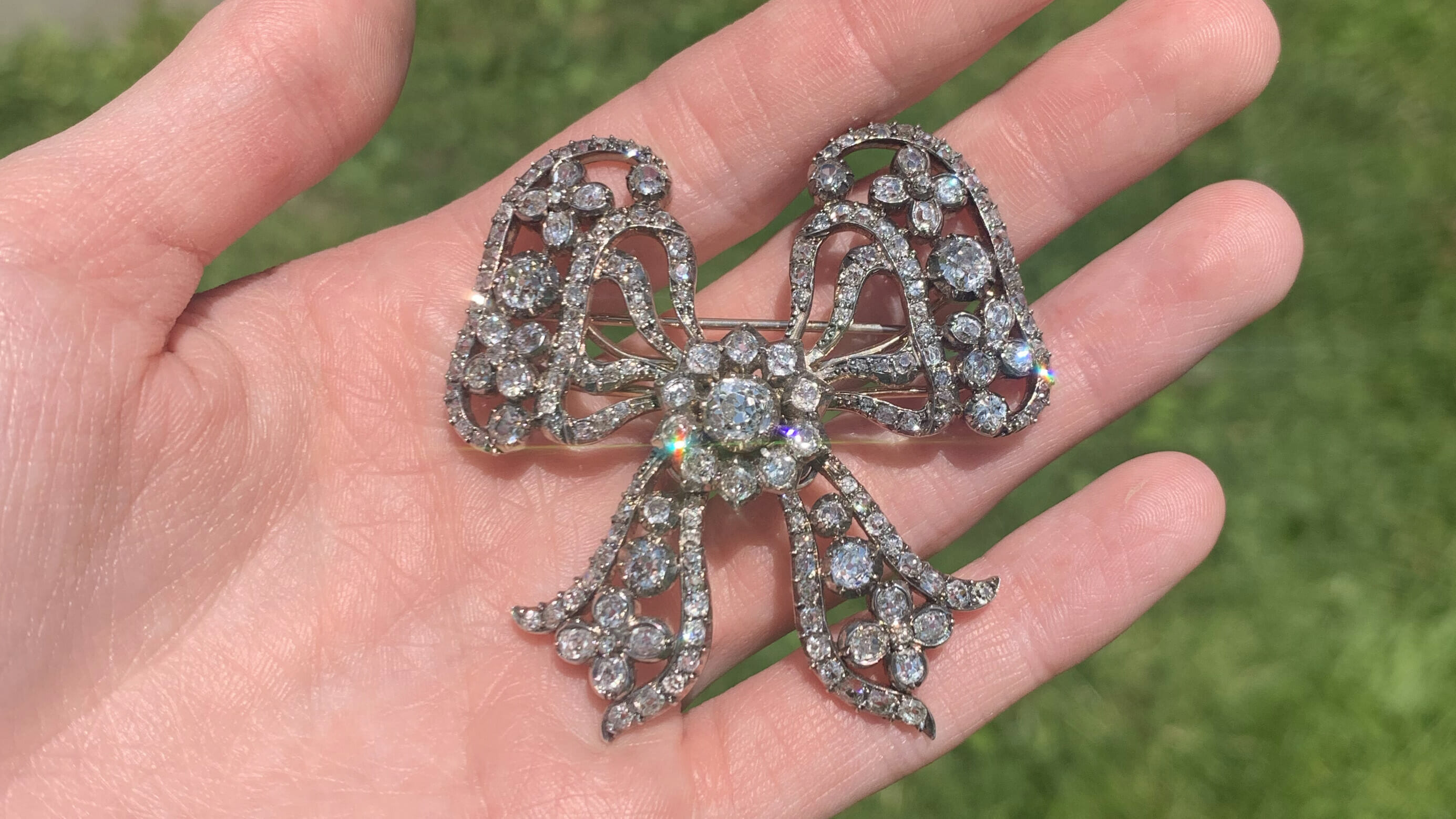
“They have a special power! You could call them pieces of art—you’ll never find two exactly the same,” antique jewelry Ronald Kawitzky, the proprietor of DK Bressler, tells me when I ask him what is so magical, so entrancing about vintage and antique diamond jewelry. Full disclosure: though I love all kinds of diamonds from Renaissance diadems to the latest Cartier high jewelry creations, vintage jewels from, say, the last 200 or so years (Georgian! Victorian! Edwardian! Art Deco!) have a special hold on my heart.
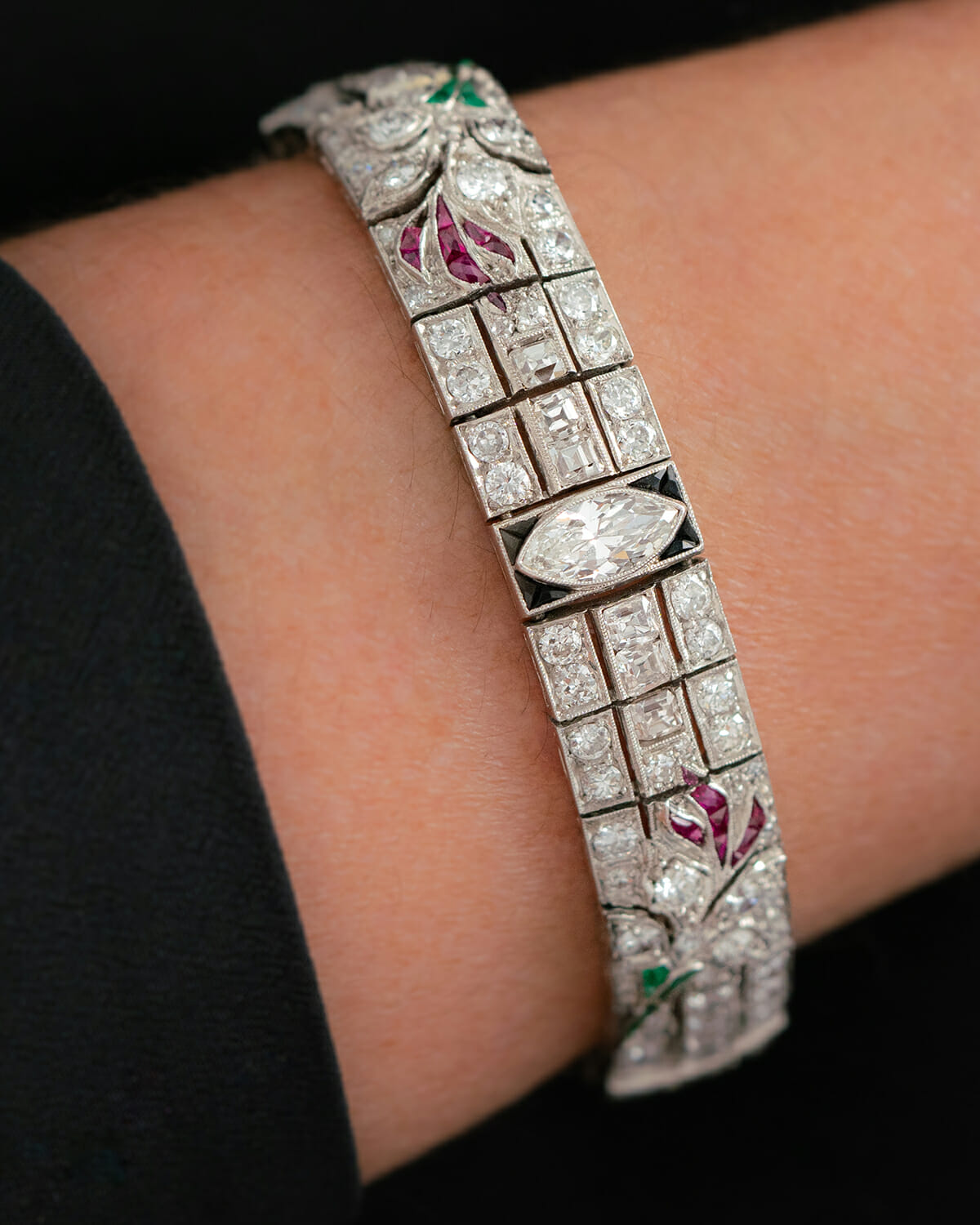
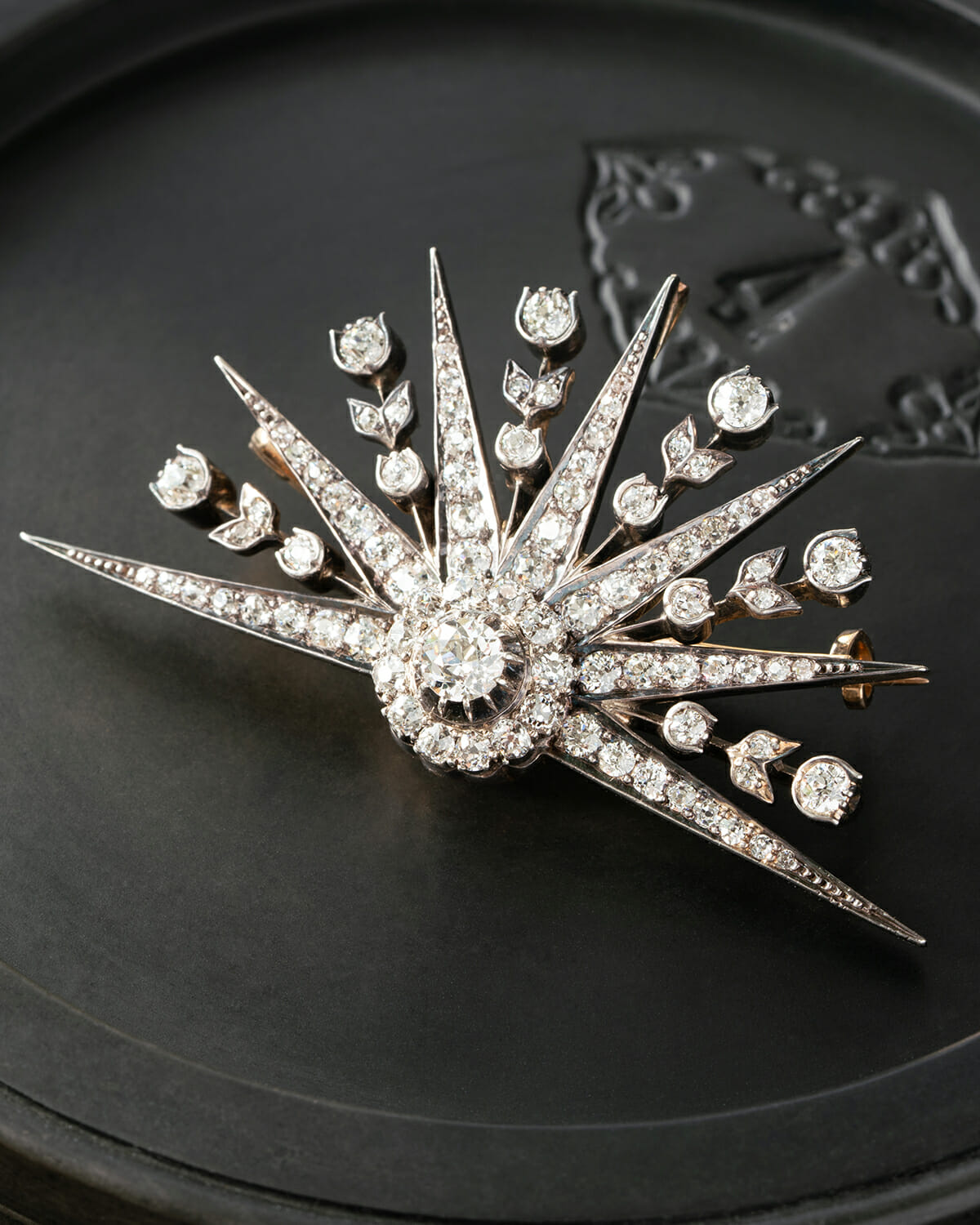
I have spent decades haunting flea markets and antique shops, ogling—and sometimes buying— these early jewels, and marveling at what makes them so seductive. A vintage diamond is a one-of-a-kind treasure, and shopping for them is a one-of-a-kind experience. But what should you look for when you are contemplating acquiring one of these singular babies?
“There is something about an old mine cut or an old European cut stone—you can see the hand in the cuttings,” Ronald muses when I visit him in his lair on 47th street, the center of Manhattan’s Diamond District. “There was no mass production, and it’s exciting to see an off-color stone in which the artist’s hand in shaping and reshaping the diamond is clear.”
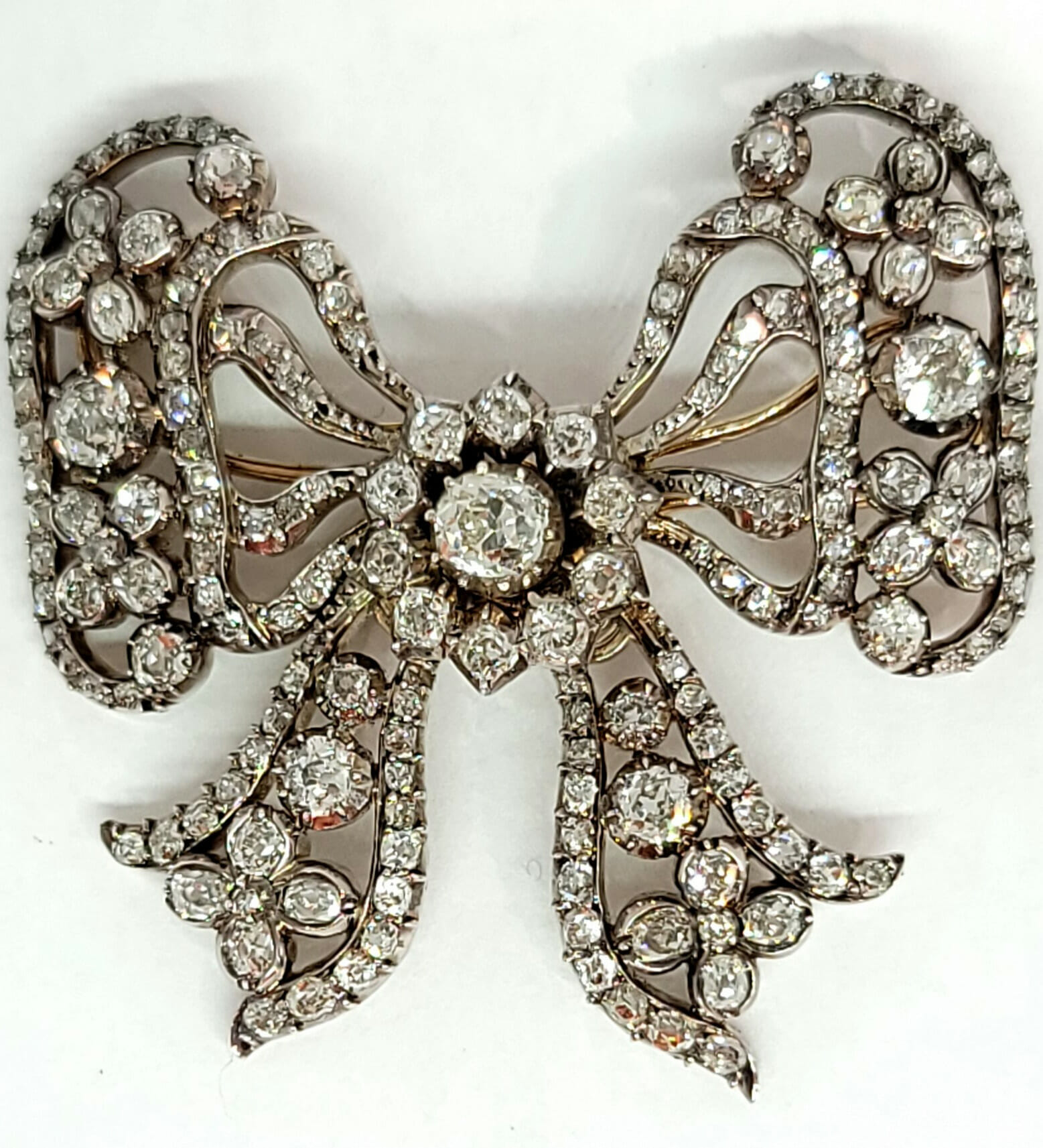
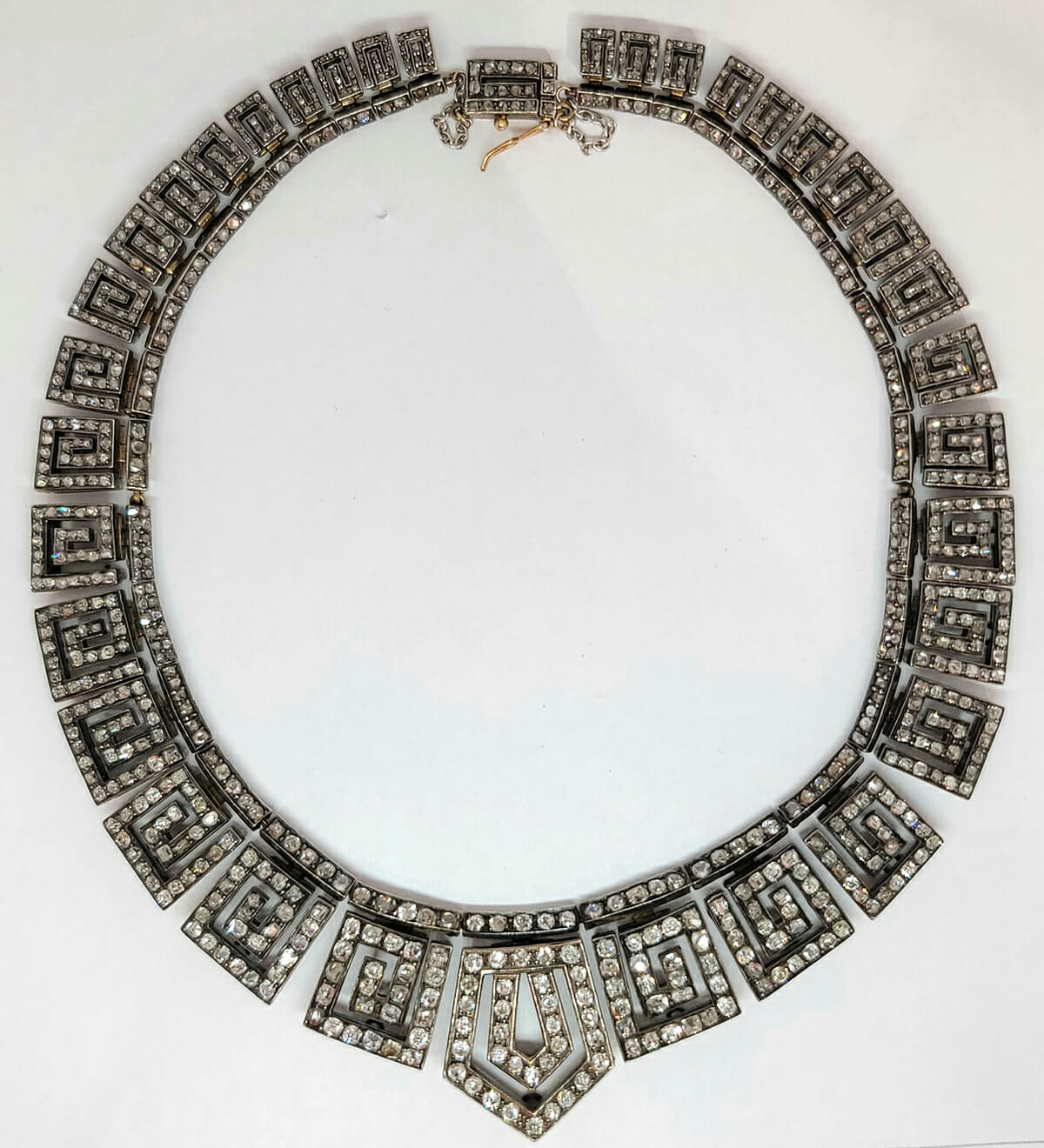
These long-ago cutters and setters, he says, worked with what they had. “They had to wait for the ships to come in. Many pieces of jewelry were designed around a stone, and the shape of a stone would dictate the piece; it wasn’t just, ‘let’s make another bow brooch!’. So a strangely shaped diamond might become the back of an insect brooch, because that’s what they had to work with. They would look at a stone as you would a baroque pearl and spin a story around it, which is wonderful.”
Where to Buy Vintage Diamond Jewelry
My buddy the antique jewelry dealer Stephanie Windsor is likewise taken with the wonderful mystique of vintage diamonds. Stephanie sells her finds on her own website, on 1st Dibs, at Saks Fifth Avenue, along with a slew of other fancy stores. She loves old mine cuts, especially ones that are so chunky that, she laughs, she wants to nibble on them. “Mine cuts have personality! Their facets are larger—they have a big bottom and a big top, and no two are the same—they’re like people or snowflakes! They are works of nature but also creations of the diamond cutter.” A lot of the hard and fast rules governing new diamonds fall away, she says, when it comes to antiques. Color and clarity are not as important in an older stone, and size doesn’t matter as much: According to Stephanie, “anything over two carats is unusual, and three carats is a rare find.”
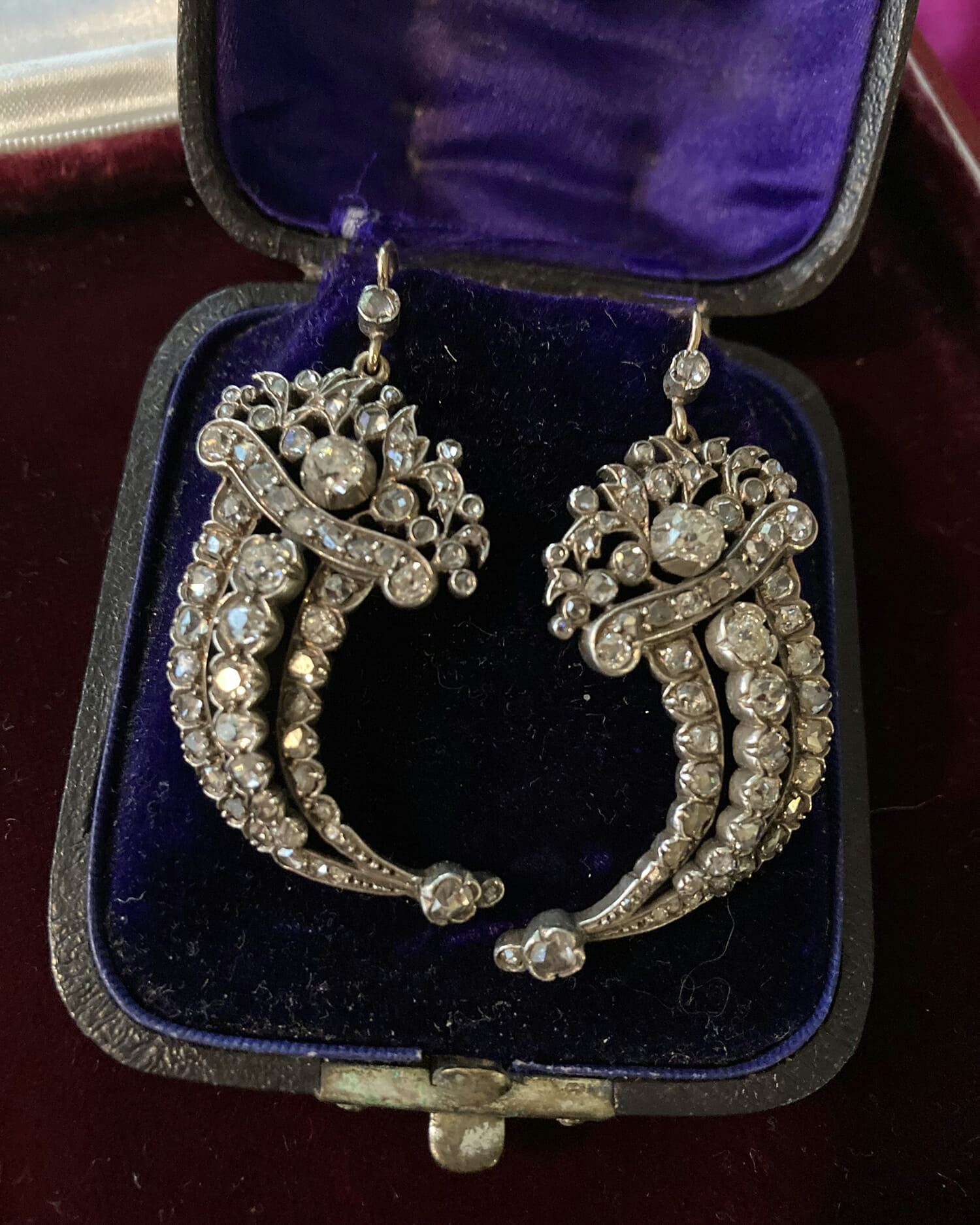
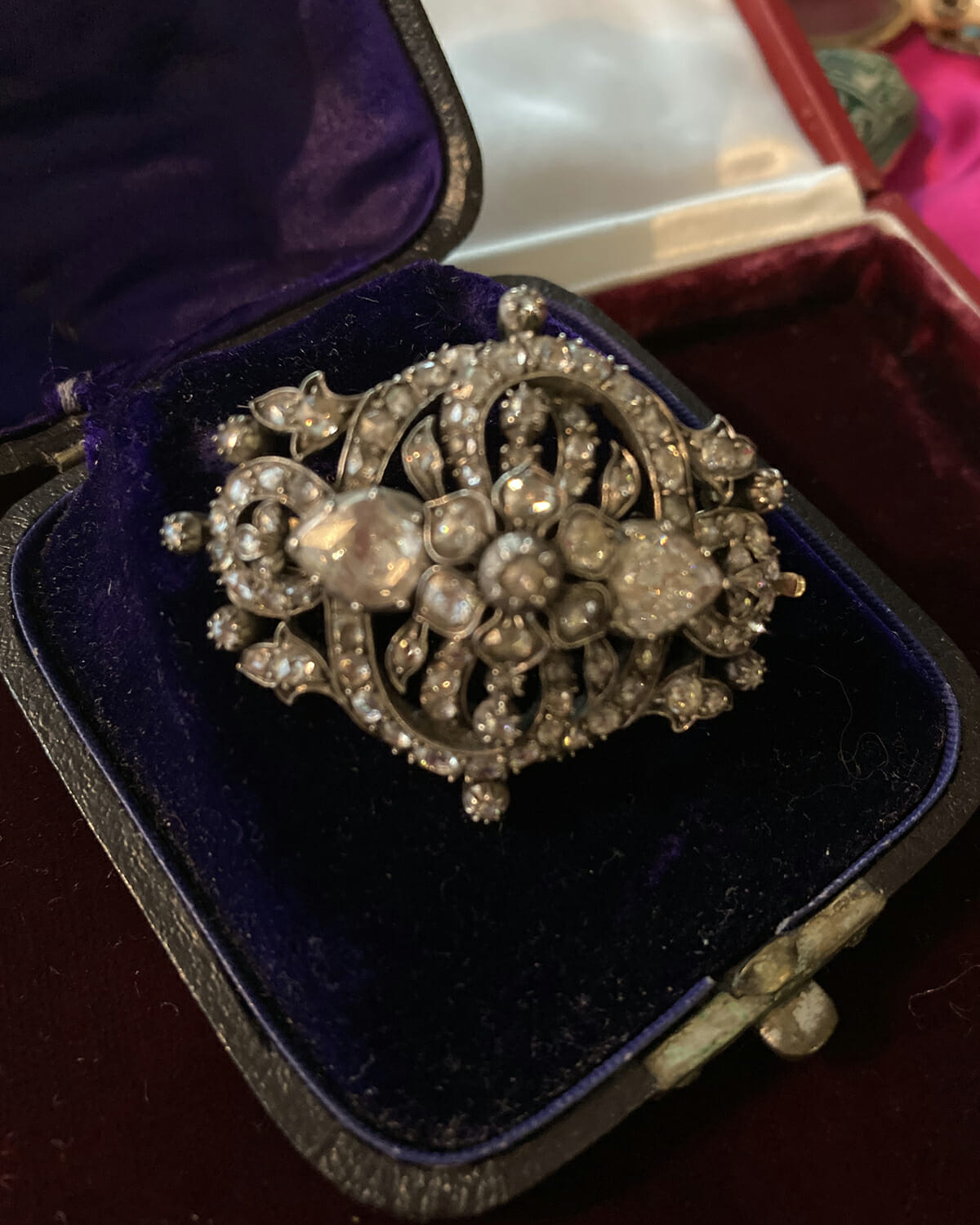
And here’s another thing: bargaining is pretty much impossible when you are buying new jewelry, which is another major advantage of vintage pieces—haggling is taken for granted in the antique world. Asked for tips, Ronald says, “The best advice is that knowledge is a powerful thing: look before you leap! See what the competition is selling similar pieces for, and always get a written guarantee. The dealers will give you a clue if they have a little bit of room…they know it can be important that you go away feeling you got a good deal.”
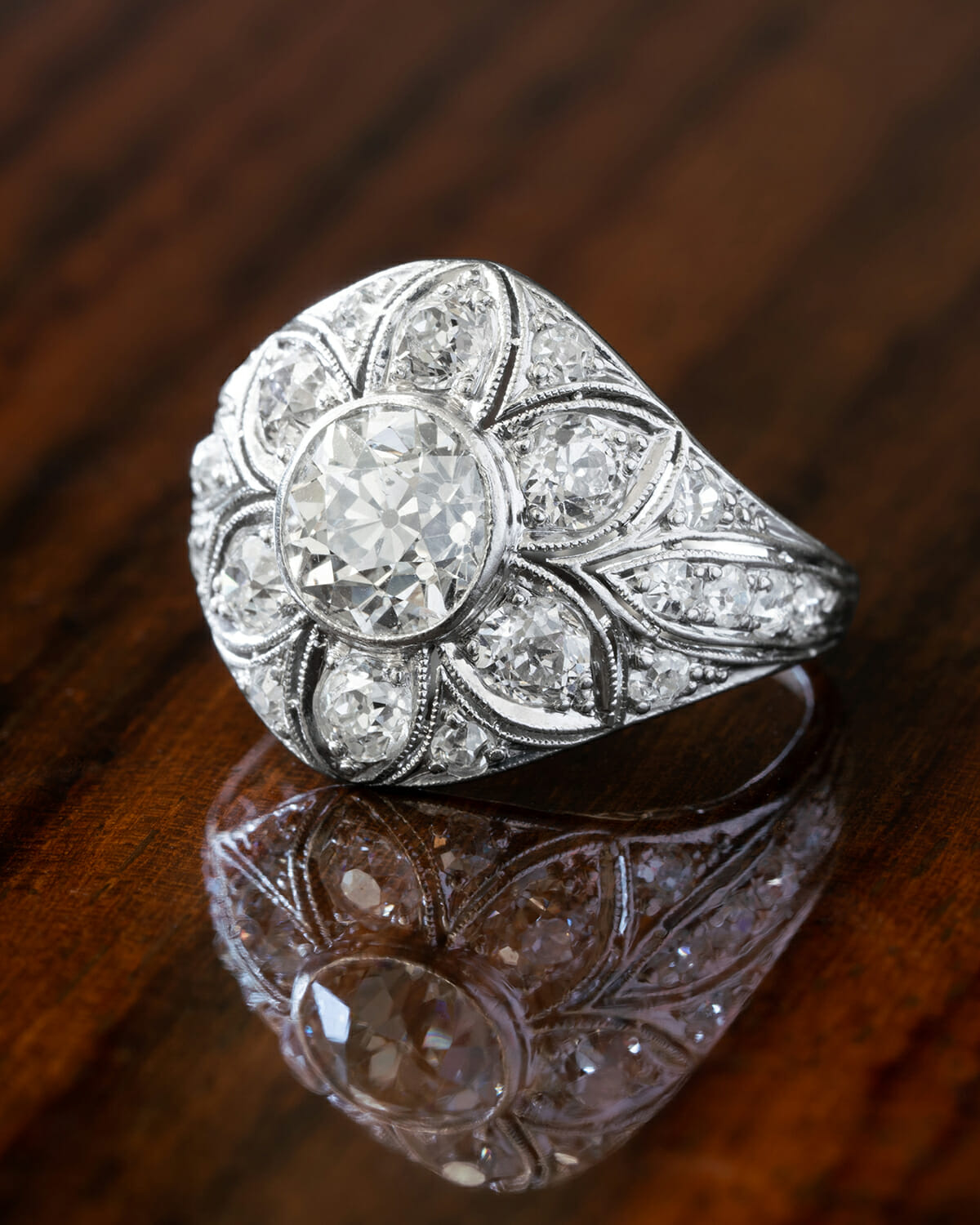
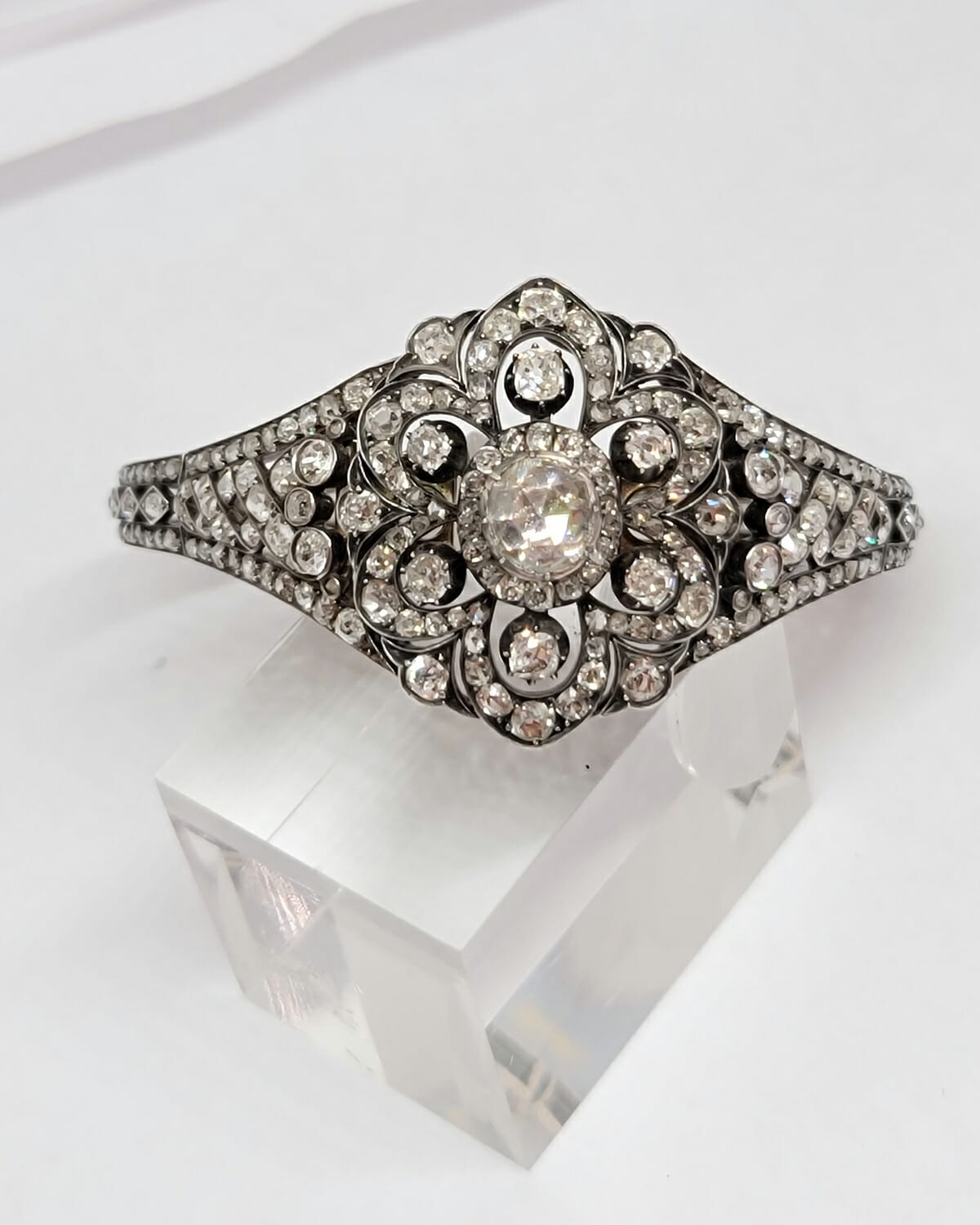
Lucy Verity, chiming in via email from England, agrees. Whenever I am in London, I always enjoy a deliciously long gossip and jewelry session with Lucy at her stand on Portobello Road. (Which, by the way… how much do we miss travel to the wonderful markets all over the world?) Lucy offers these sage words: “Make friends with dealers you can trust to give you the best deal with the best knowledge. Talk to them, listen to their stories, learn from their wisdom and their years of handling jewelry. If money is tight, many dealers will help with time for payment—they want you to be happy.” And then she proffers what is perhaps the best advice of all: “Don’t buy anything as an investment—buy with your heart, and fall in love with a piece.”
